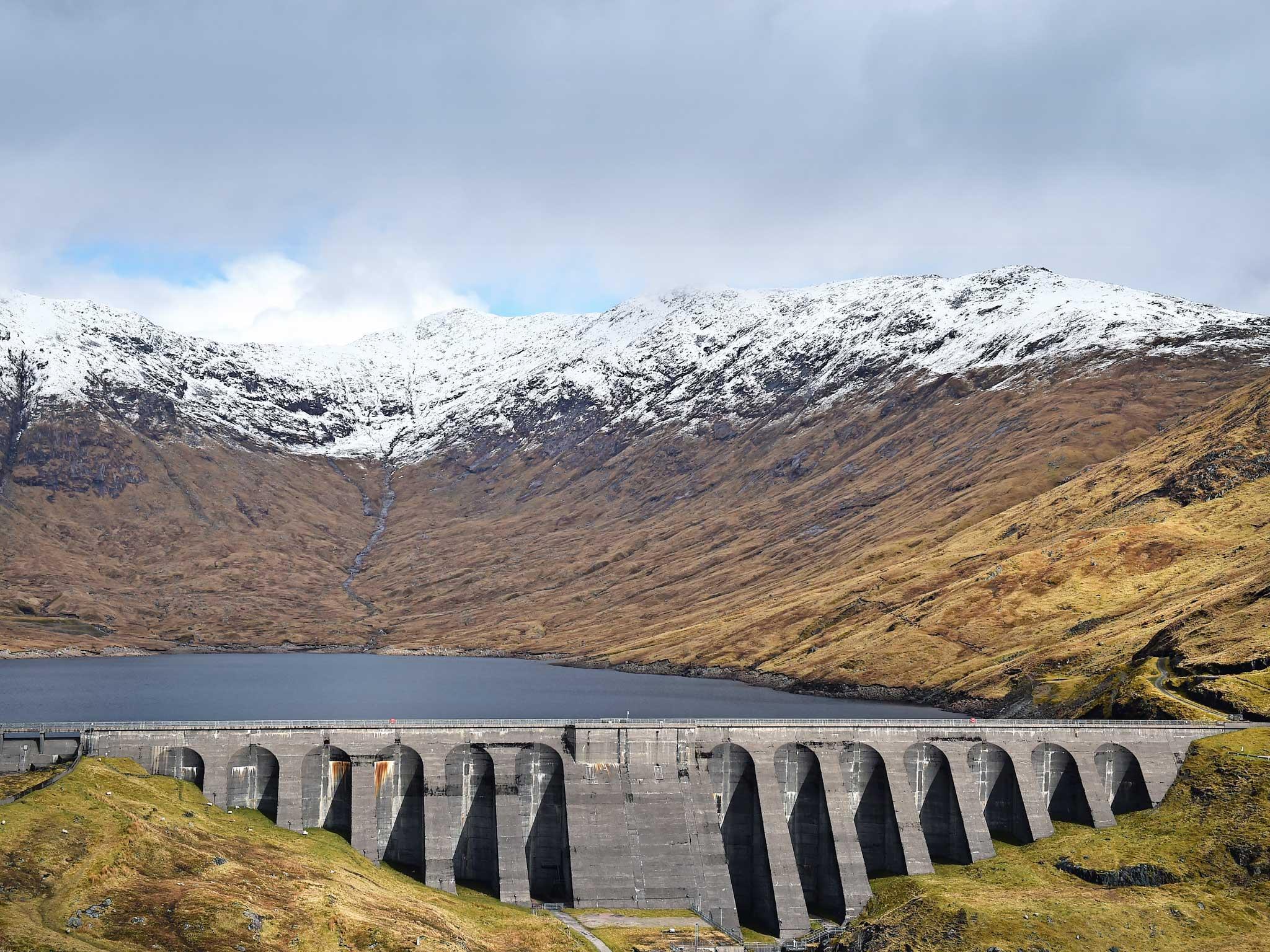Walking in the Highlands is a funny business.
Land that seems dry can turn out to be saturated; mountains that appear inaccessible can be easily conquered: the tame can be wild, and the wild, tame.
If little reliance can be placed on the landscape, then the weather is an even stranger, many-faced beast; scorching the ground one moment, but shape-shifting as clouds rise and fall, come and go, swallowing mountains and bathing all-comers in any number of atmospheric delights.
Tyndrum is a handy base for hikers exploring the southern Highlands, as we were that summer. Lying to the north of Loch Lomond, it is the place where the two branches of the West Highland Line fully diverge – having divided at Crianlarich – one swerving due west to Oban, the other continuing northwards.
We had been relatively lucky on our trip so far weather-wise, but the forecast for the next day wasn’t promising.
In the morning, two of our group decided on a jaunt to Fort William rather than risk a soaking on a mountain. The rest of us peered out of the window and, like many a walker before us, decided the meteorologists might be being overly pessimistic.
Ben Cruachan was our intended destination, the mountain not only being the highest peak in a range between Loch Awe and Loch Etive but also hiding a huge, underground hydro-electric power station. We took the train to the Falls of Cruachan station, fastened our waterproofs and set off.
A third time we paused to debate the options. The cloud might lift, I said. Then again, said my father, it might not
Almost immediately one of our number thought better of the whole venture and decided to return to the railway and await the next train back to Tyndrum. The three of us who remained pulled our hoods lower and began the ascent.
The going was easy enough to begin with as we made our way towards the reservoir which holds the water needed to keep Scotland’s lights on. The rain wasn’t heavy but it was persistent, and the cloud was low and thick. We couldn’t see the dam ahead of us, let alone the 1,126m summit we were aiming for.
Twice at least we stopped and wondered if it was sensible to keep going. We had map, compass and whistle – and still enough optimism to keep plodding on.
Occasionally an unseen sheep bleated in the mizzle, its call muted by the grey blanket that had enveloped everything.
A third time we paused to debate the options. The cloud might lift, I said. Then again, said my father, it might not. The path was straightforward on these lower reaches of the mountain, but became steeper and rockier in due course – it would not do to lose one’s footing.
The decision was made, discretion the better part of valour, and we turned aside, picking up the power station road back to the banks of Loch Awe.
The weather can be changeable in Scotland – but it wasn’t that day.
Sometimes we can press on, hoping for a change in fortunes. Other times there can be no shame in taking a different course – even if it can feel like going backwards.


Join our commenting forum
Join thought-provoking conversations, follow other Independent readers and see their replies
Comments